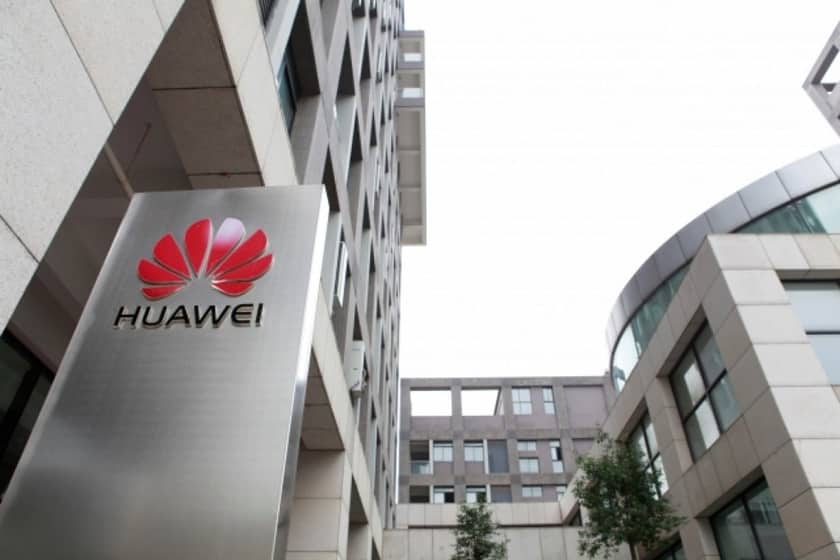China’s Huawei Technologies on Wednesday posted a 3.2% rise in net profit to CN¥64.6-billion ($9.8 billion) for the 2020 financial year versus growth of 5.6% in 2019. It also said sales revenue in 2020 rounded off at CNY891.4 billion, up 3.8% year-on-year.
In May 2019, the US commerce department added, Huawei into the Entity List, which prohibits the company from purchasing US technologies as well as software services.
In 2020, the Donald Trump administration further restricted Huawei from purchasing semiconductor products and cancelled licenses for existing suppliers.
The United States government has been campaigning against Huawei in the past two years alleging Huawei’s equipment could be used to spy on Americans, without presenting any evidence. Huawei has repeatedly denied the claims.
“Over the past year we’ve held strong in the face of adversity,” said Ken Hu, Huawei’s Rotating Chairman.
“We’ve kept innovating to create value for our customers, to help fight the pandemic, and to support both economic recovery and social progress around the world. We also took this opportunity to further enhance our operations, leading to a performance that was largely in line with forecast.”
In 2020, Huawei said its carrier business continued to ensure the stable operations of more than 1,500 networks across more than 170 countries and regions, which helped support telework, online learning, and online shopping throughout COVID-19 lockdowns.
Working together with carriers around the world, Huawei said the business unit helped provide a superior connected experience and moved forward with more than 3,000 5G innovation projects in over 20 industries like coal mining, steel production, ports, and manufacturing.
“We will continue to work closely with our customers and partners to support social progress, economic growth, and sustainable development,” said Hu.
With the rollout of HarmonyOS and the Huawei Mobile Services ecosystem, Huawei’s consumer business moved forward with its Seamless AI Life strategy to provide consumers with an intelligent experience across all devices and scenarios, focusing on smart office, fitness & health, smart home, easy travel, and entertainment.
Over the past year, Huawei’s enterprise business stepped up efforts to develop innovative scenario-based solutions for different industries and create a digital ecosystem that thrives on joint creation and shared success.
During the pandemic, Huawei provided technical expertise and solutions that were vital in the fight against the virus. One example is an AI-assisted diagnostic solution based on HUAWEI CLOUD that helped hospitals the world over reduce the burden on their medical infrastructure.
Huawei also worked with partners to launch cloud-based online learning platforms for more than 50 million primary and secondary school students.
Founded in 1987, Huawei is a global provider of information and communications technology (ICT) infrastructure and smart devices. It has about 197,000 employees and operate in over 170 countries and regions, serving more than three billion people around the world.
Huawei is a private company wholly owned by its employees.
Hu Houkun, Huawei’s Rotating Chairman, said in 2021 the company will continue to find itself in a complex and volatile global environment.
“Resurgence of COVID-19 and geopolitical uncertainty will present ongoing challenges for the global community,” he said in the company’s annual report.
“Huawei believes deeply in the power of digital technology to provide fresh solutions to the problems we all face.
“We want to create digital technology that makes lives better, makes businesses more intelligent, and makes society more inclusive. This will ultimately bring us closer to a fully connected, intelligent world.”
Also read:
